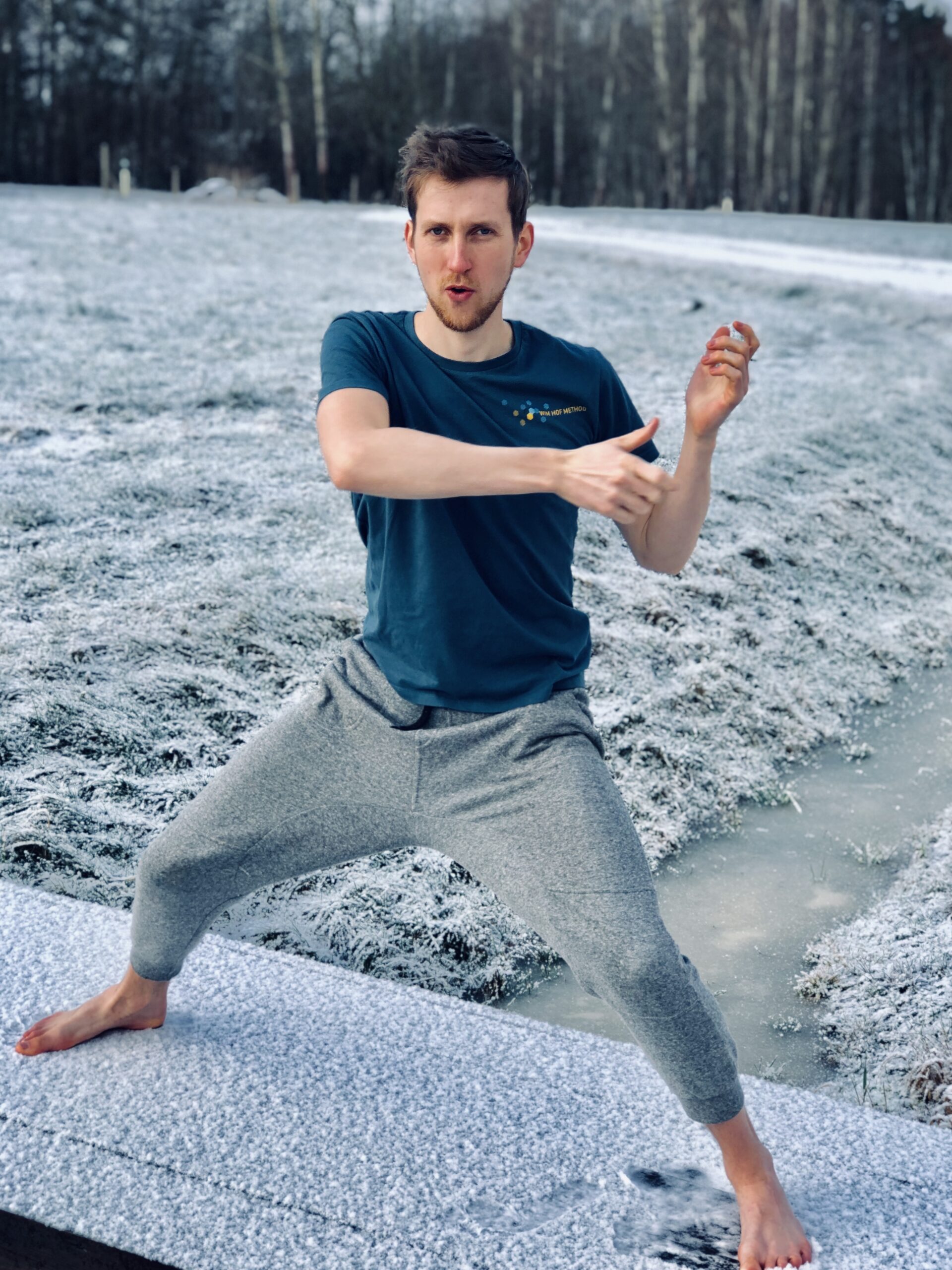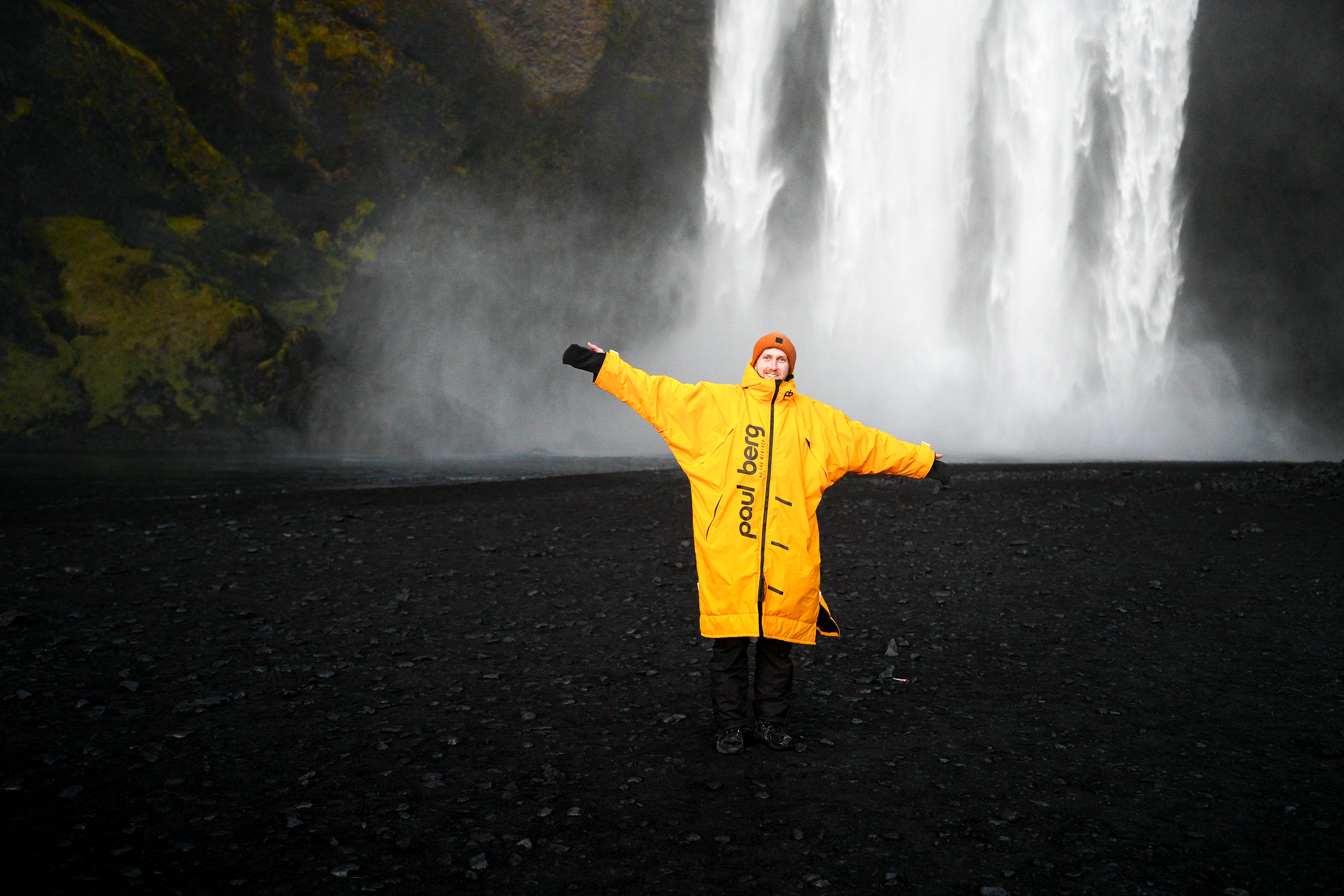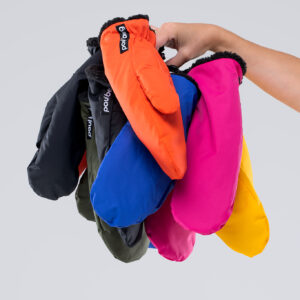PAUL’S HERO: MADIS
“If we don’t challenge ourselves, we can’t realize our potential.”
Wim Hof Method Instructor Madis Meister
What is the Wim Hof Method?
The Wim Hof Method consists of three pillars: breathing techniques, cold exposure, and mental training. It is designed to support and improve both physical and mental health on a daily basis.
While the method is often associated with cold exposure, that’s just one part of it. Cold exposure is beneficial on its own, but the addition of breathing techniques and mental training amplifies the benefits. Some people may not be suited to cold exposure, yet they can still practice the breathing techniques.
This method has helped individuals manage health issues such as arthritis, allergies, asthma, Lyme disease, and various autoimmune conditions. Athletes have used it to enhance performance and recovery, while others have found it beneficial for mental health issues like anxiety and depression, as well as improving sleep quality.

Can even those who fear the cold be persuaded to try icy water?
Anyone can be persuaded to try cold water, but without a clear motivation, most people stop after one or two attempts, usually with some screaming and cursing. However, if someone has a strong reason for doing it, they’ll often push through the discomfort and remain consistent. Results only come through practice, not observation.
I’ve seen even the most cold-averse people, who only swim during the hottest summer days, start to enjoy cold exposure after a period of adaptation. Soon enough, there’s no trace of their cold aversion!
What has practicing the Wim Hof Method given you?
When I began, I had no idea how much it would change my life. My primary motivation was to improve my physical health and cope with Estonia’s long winters.
After practicing the Wim Hof Method for 7–8 years, I’ve not only achieved better physical health and resilience to cold and darkness but also significantly improved my ability to manage stress. I’ve developed trust in my body and overcome allergies that had plagued me since childhood.
The Wim Hof Method has become a lifestyle, with its practices supporting my daily life. It’s a journey with its ups and downs, like life itself. There are periods when I practice intensely, but also times when I take breaks and don’t feel as strong a need for it.

Do you have an exceptional transformation story from your training sessions?
What a person can achieve largely depends on their beliefs. This is one of the most profound changes that happens during the courses—people realize they are capable of much more than they thought. Holding your breath for two minutes or staying in an ice bath is just one way to demonstrate this. The realization that “I can do more than I thought” often spills over into other areas of life.
While people are fascinated by extraordinary stories, I’ve learned to value small, incremental changes. Consistent small steps are what ultimately lead to extraordinary outcomes.
I recommend checking out Wim Hof’s YouTube channel, where you’ll find many examples of people overcoming addictions, depression, anxiety, and other health issues.

You travel a lot, as seen on your social media. What has been your most challenging journey?
I’m indeed passionate about traveling, but I prefer adventures and challenges over beach vacations. One of the toughest recent trips was in Poland at a Wim Hof Method instructors’ gathering. We climbed Sněžka Mountain wearing only shorts! Over six hours, we covered nearly 20 kilometers.
The hardest moment came 30 minutes before reaching the summit. We had to decide whether to push forward or wait in a warm shelter offering food. The wind was howling at 60–70 km/h, and my body was exhausted. The decision had to be made in just one minute.
In the group, we performed the horse stance exercise together, breathing in unison. This gave me a new surge of energy and a firm inner conviction: “I can do this!” Despite the fog, snowfall, and strong winds, we reached the summit.
Such challenges teach us about ourselves—what’s happening within us, the thought patterns that arise, how much energy we truly have, and what we choose to direct it toward.
What do you love most about your Paul Berg jacket? Why Paul?
The Paul Berg jacket is phenomenal. From the moment I first put it on, I felt like I was melting into it. I use it not only after winter swimming but also during winter photography trips, where I sometimes find myself sitting in a snowbank for a while.
It was indispensable during my trip to Iceland, where the wind is nothing like in Estonia. While I don’t fear the cold, I do fear the wind. The Paul Berg jacket was outstanding! On Reynisfjara’s black sand beach, where the wind made it hard to stand, I spent nearly three hours thanks to this jacket.
I value quality and aesthetics, and the Paul Berg jacket combines both. It’s well-designed, thoughtfully made, and incredibly durable, as I experienced in Iceland. Given a choice between a cheap “Made in China” product and a local one with a story and a team of amazing people behind it, I’ll always choose the latter.

If you want to learn more about Madis’ activities, visit his Instagram or homepage by clicking here: @madismeister & madismeister.com
You can also explore the product Madis uses:
-
 Paul Nordic Changing Robe349,00 €
Paul Nordic Changing Robe349,00 € -
 Paul Gloves39,00 €
Paul Gloves39,00 €

